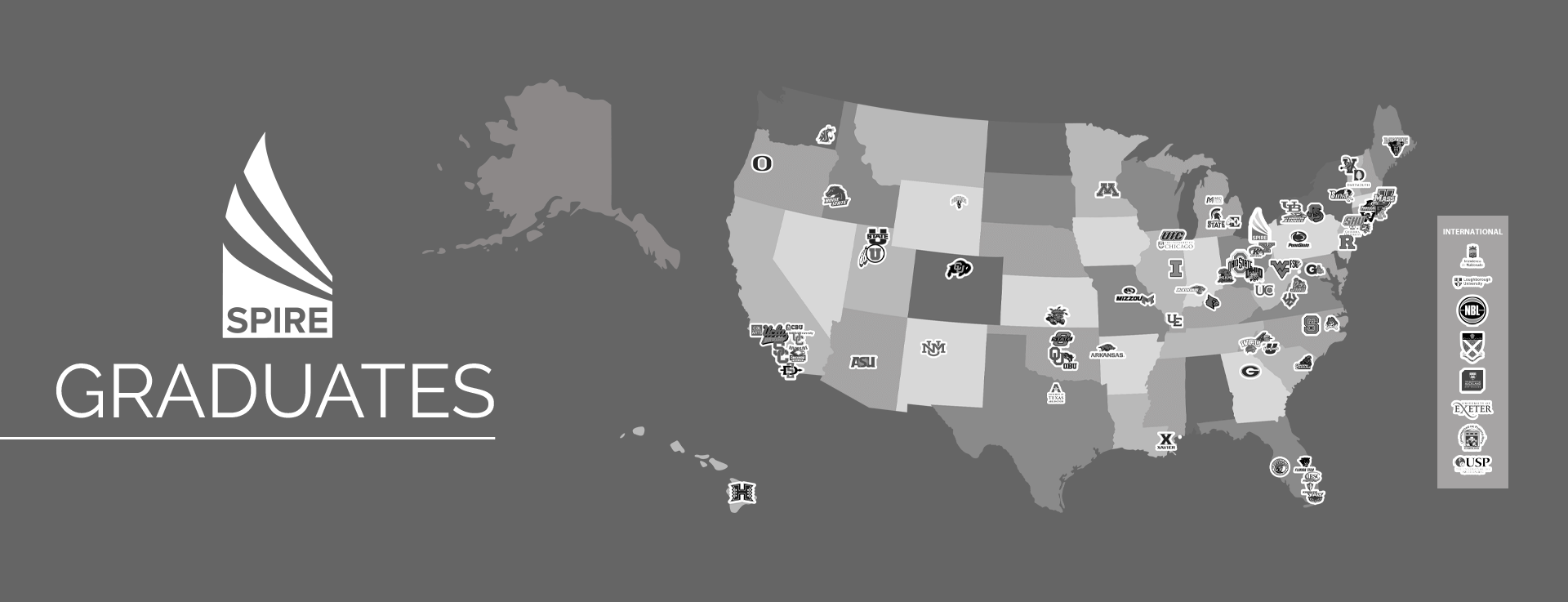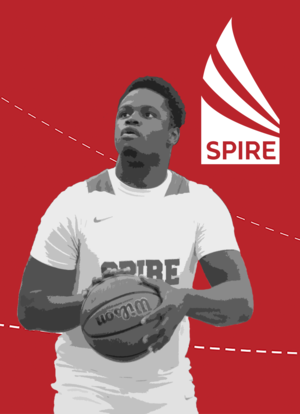When it comes to capturing the attention of a prospective college coach or recruiting stack, don’t just rely on your talent and ability. Stack the deck in your favor by communicating well with the decision-makers, doing your homework on the college or universities you’re interested in (not just their basketball programs), and demonstrate your maturity and independence at every opportunity.
Off the court, make sure you’re doing all you can to:
- Improve Your Grades
- Good grades are a big advantage in the recruiting process. If you are a student athlete who meets the minimum qualifications to receive an academic scholarship, your offer does not count against the athletic budget of the coach. That’s a big plus for you—and your prospective team.
- Meeting the following requirements does not guarantee that you will receive an academic scholarship; it only makes you eligible to receive one. Incoming freshmen need to:
- Have a 3.5 GPA
- Be in the top 20% of their class
- Have either a combined Math & Reading SAT score of 1140 or an ACT composite score of 100.
Attend College Basketball Camps and Showcases
-
- Basketball camps are summer camps run by colleges that have basketball programs. Attending one of these is a great way to learn more about the game from established college coaches and get exposure to scholarship decision-makers. You will also be able to talk to other student athletes from high school and AAU teams—those connections can sometimes lead to experiences that improve your game and your exposure.
- Basketball showcases are events that give you a stage on which you can play with other prospective college basketball recruits and display your skills on the court and your leadership ability to scholarship decision-makers. Costs are higher than camp fees but provide excellent exposure and experience. Many basketball showcases will create a video of your games to assist in your recruiting process.
Don’t Miss Deadlines
Applying to schools and getting a scholarship are two separate processes. You must apply and get accepted to the school you want to attend. Find out when the application deadlines is and plan ahead to be sure you submit your application on time.
- Know when the recruiting deadlines are. There are certain signing periods for each sport. Outside of these signing periods you will not be able to receive a scholarship.
- It is also important to register AND be cleared by the NCAA and NAIA Eligibility Centers so that coaches know you are academically eligible.
Natural talent, coachability, and maturity are all important, but they won’t help you get a college basketball scholarship unless you make the grade, meet the eligibility requirements, and follow the application process carefully.


